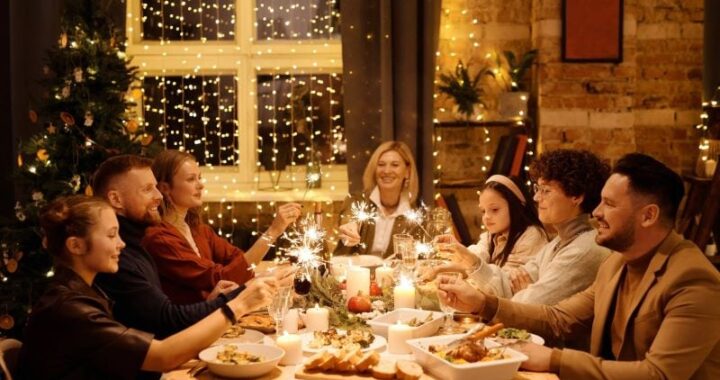Introduction
The tradition of decorating trees during Christmas has been a cherished element of the holiday season in many cultures. Christmas trees have become an essential part of the celebrations, inspiring joy and bringing families together as they decorate their homes. With their twinkling lights, colorful decorations, and festive ornaments, Christmas trees create an atmosphere of merriment and magic. But have you ever wondered about the origin of this wonderful tradition? In this article, we will delve into the history of decorating trees at Christmas and explore the hidden meanings behind this enchanting practice.
Historical Roots of the Christmas Tree
The custom of decorating trees for Christmas can be traced back to early pagan traditions. Evergreens were regarded as symbols of eternal life and were used by ancient Egyptians, Romans, and Vikings to celebrate their winter solstice festivals. Germanic tribes honored Woden, their god of fertility, by decorating evergreen trees with candles during the solstice period. These candles represented the light and warmth of the sun, which they believed would return after the dark and cold winter days.
The tradition of decorating trees as we know it today, however, began in 16th-century Germany. Christians started bringing small evergreen trees into their homes and decorated them with candles, apples, nuts, and other small ornaments. This marked the birth of the modern Christmas tree.
Spreading the Tradition
The adoption of the Christmas tree by other cultures was facilitated by various events and key individuals. One such event occurred in the 19th century, when the German prince Albert, husband of Queen Victoria, brought a Christmas tree to Windsor Castle. The royal couple was depicted in a widely circulated engraving, standing alongside their children and the richly decorated tree. This image led to a surge in the popularity of Christmas trees across Britain and its colonies.
As for the United States, it is believed that the first Christmas trees were brought to the country by Hessian troops during the American Revolutionary War. In the 1800s, German immigrants helped popularize the tradition, which was then embraced by American society as a whole.
Symbolism and Meanings
The Christmas tree is laden with history and symbolism. Its evergreen nature represents eternal life, while the triangular shape is said to denote the Holy Trinity in Christian faith. Over the years, various decorations have held specific meanings too:
– Candles and lights: Symbolize the light of Christ and the triumph of light over darkness.
– Ornaments: These decorations are believed to represent the fruits of the Tree of Knowledge in the Garden of Eden, thus connecting the Christmas tree with the story of Adam and Eve.
– Stars: The star is a reminder of the Star of Bethlehem, which guided the three wise men to the birthplace of Jesus Christ.
– Tinsel and garlands: Stories suggest that these sparkling decorations were inspired by spiders that, according to legend, spun webs around the tree to contribute to the festive decorations.
In conclusion, the tradition of decorating trees during Christmas has evolved from ancient pagan rituals to a worldwide phenomenon that unites families and individuals in celebration. The Christmas tree, with its deep-rooted history and rich symbolism, has transcended mere aesthetic appeal, becoming a cherished icon of the holiday season. So, this Christmas, as you adorn your tree with twinkling lights and cherished ornaments, remember the enchanting history that has contributed to the magic of the holiday season.
